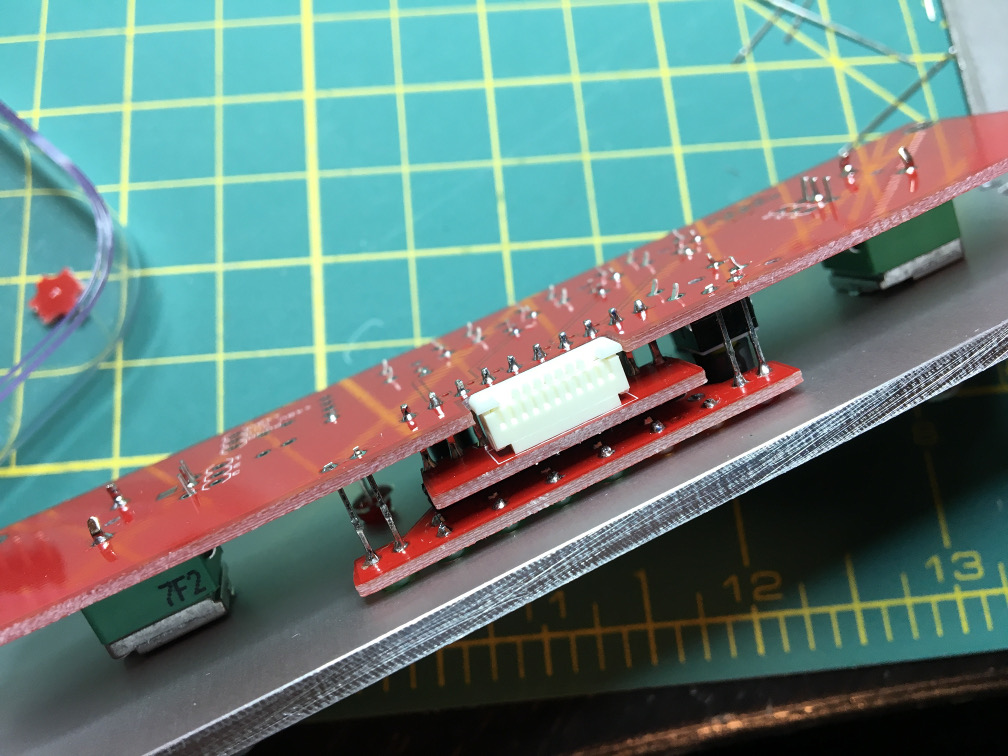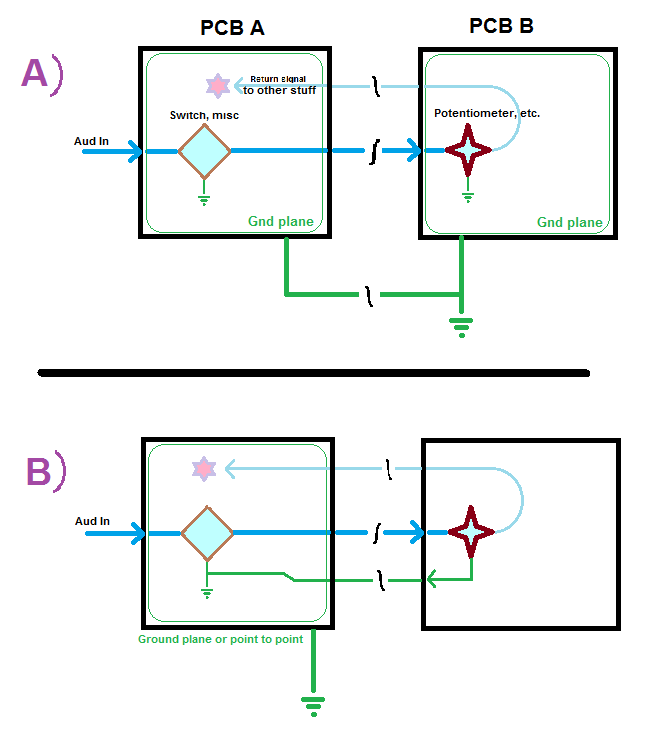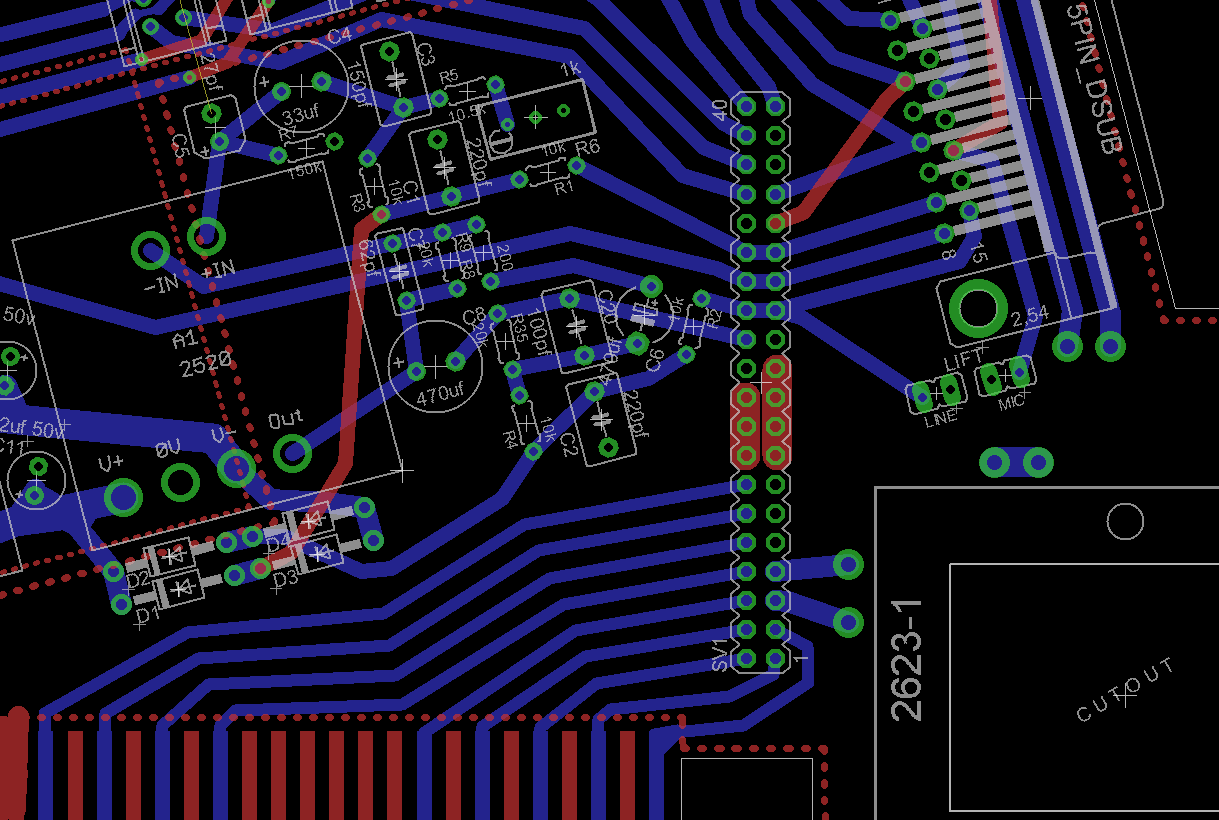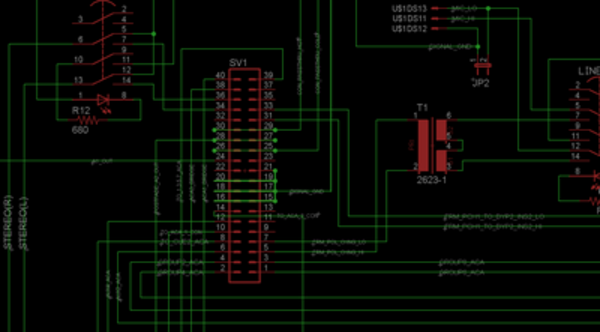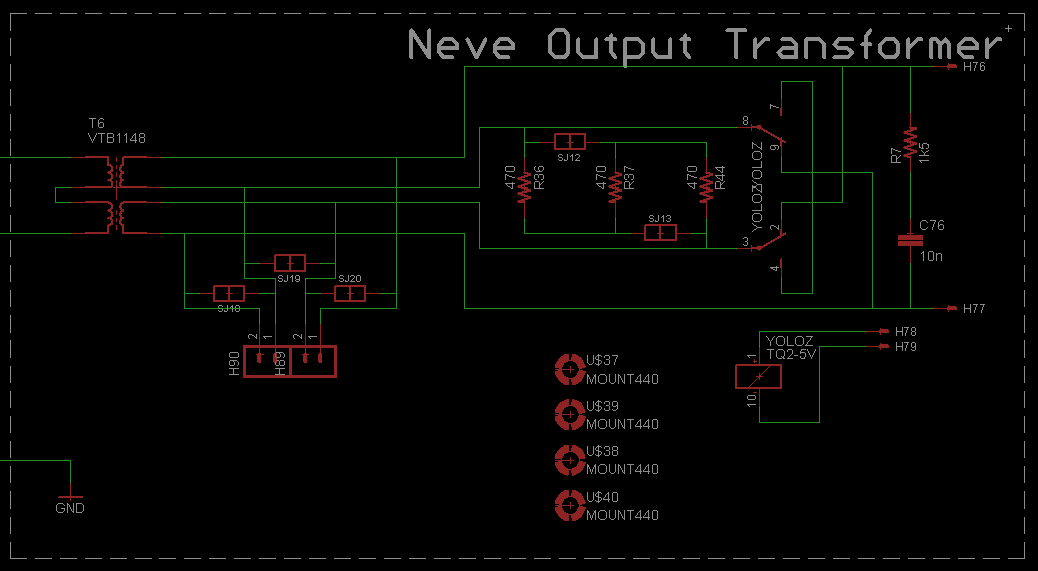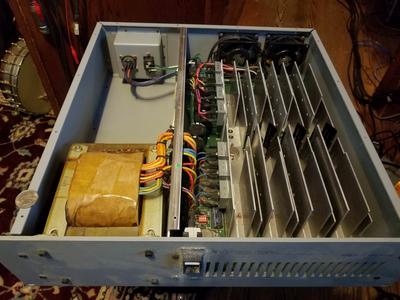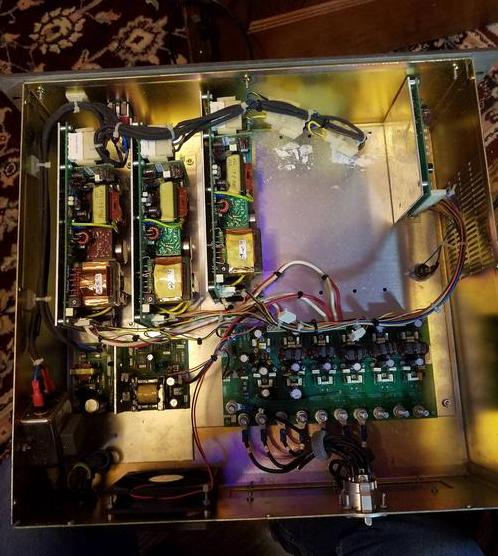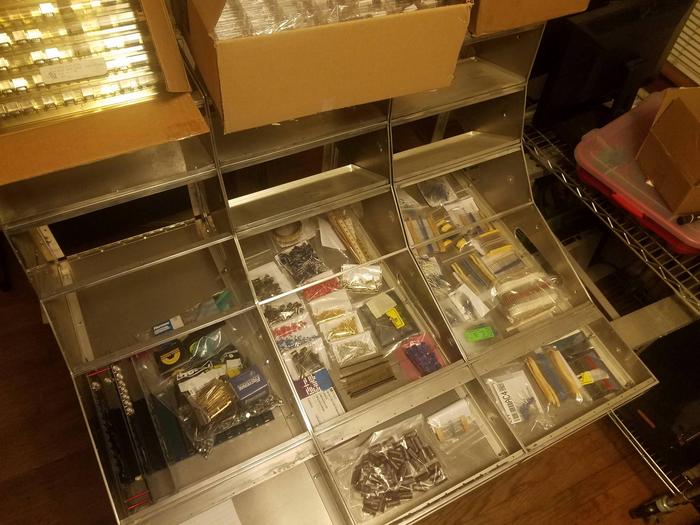Bo Deadly
Well-known member
I don't know the correct answer but I would hope they would be different. I use 3 separate grounds in my builds:
DGND - "dirty" ground for high current or noisy stuff like LEDs, relays and digital signals
AGND - "audio" ground for quiet stuff although I use it very sparingly (for inputs sections)
PGND - "power" ground for not just power supply bypass but everything else that is not DGND or AGND
These grounds all are completely separate until they get back to the ground plane of the power supply where they all connect along with earth ground and everything else ground-ish.
I would be slightly surprised if API did not do something vaguely similar but that's not exactly what I see in your schematic because "AUDIO COM BUS" sure sounds like it's just for audio but the "COM" on the input is used for the high gain mic pre and bypassing power so that is not consistent with my above described method.
Having said that, the folks here will say that star grounding is not as important as carefully considering where currents are flowing and laying out traces / running wires so that the return current closely parallels it's source (meaning traces / wires should be physically close so that magnetic fields cancel each other).
Personally I feel like these are two different equally important concepts: star grounding is about minimizing ground noise pollution whereas making return currents closely parallel source currents is more about minimizing EMI from radiating around inside.
DGND - "dirty" ground for high current or noisy stuff like LEDs, relays and digital signals
AGND - "audio" ground for quiet stuff although I use it very sparingly (for inputs sections)
PGND - "power" ground for not just power supply bypass but everything else that is not DGND or AGND
These grounds all are completely separate until they get back to the ground plane of the power supply where they all connect along with earth ground and everything else ground-ish.
I would be slightly surprised if API did not do something vaguely similar but that's not exactly what I see in your schematic because "AUDIO COM BUS" sure sounds like it's just for audio but the "COM" on the input is used for the high gain mic pre and bypassing power so that is not consistent with my above described method.
Having said that, the folks here will say that star grounding is not as important as carefully considering where currents are flowing and laying out traces / running wires so that the return current closely parallels it's source (meaning traces / wires should be physically close so that magnetic fields cancel each other).
Personally I feel like these are two different equally important concepts: star grounding is about minimizing ground noise pollution whereas making return currents closely parallel source currents is more about minimizing EMI from radiating around inside.




